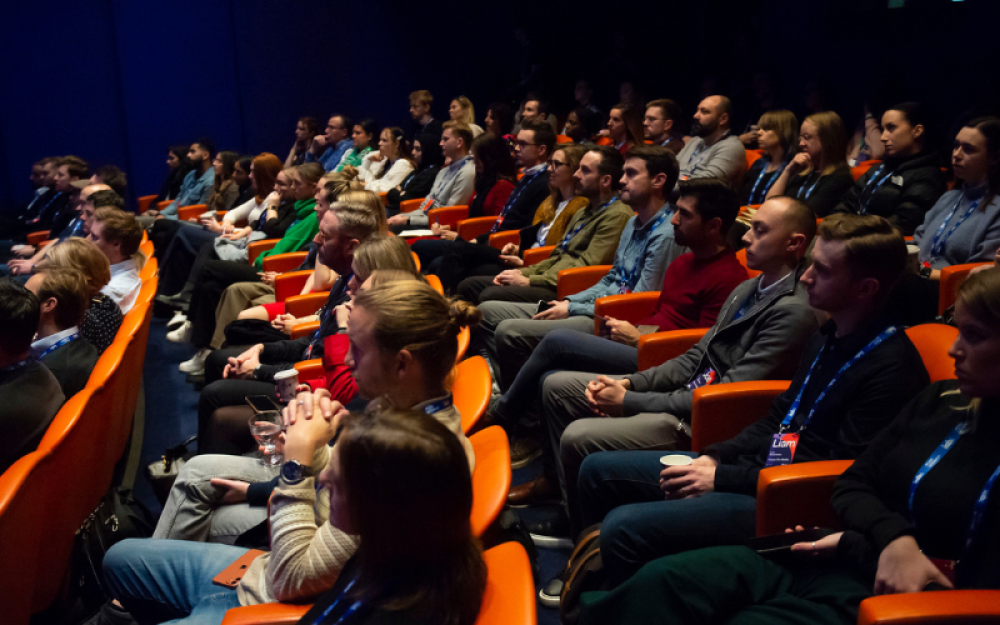Understanding attention in digital advertising
Posted on Friday 02 December 2022
We all know what attention means, but how is it used in the context of advertising? We’ve worked with our members to develop downloadable explainers on attention and the main methods to measure it
Attention gets talked about a lot in our industry, but there isn’t a universal understanding of what constitutes it and how to best measure it. In fact, when we surveyed advertisers earlier this year to find out the biggest challenges they face in the digital space, how to measure attention ranked highly.
To help tackle this, we’ve worked with IAB members that have significant knowledge of attention metrics to create two downloadable explainers of what attention is, why it’s useful, and how to quantify it.
The first document provides a digestible introduction to attention and how it drives results at different stages of the path to purchase. The second download is a definition matrix that gives a more in-depth look at the four main types of methods used to measure attention - from eye-tracking to salience models.

After more on attention?
The above downloads are part of a broader workstream by The IAB on attention, please see our additional resources below.
- Check out key resources from IAB Australia and IAB Ireland
- Read the 10 questions buyers should be asking and why they're important
- Listen to our podcast episode with dentsu, Havas Media and DoubleVerify
Topics
Related content
Attention in the Spotlight: resources & research from three IABs
Learn more10 questions buyers of attention measurement should be asking - and why they’re important
Learn moreIAB UK Digital Upfronts 2018: Facebook urges marketers to ‘stand out and stand up’
Learn moreGood impressions count - now more than ever
Learn more
Fast forward to 2030 with Futurescape
An in-depth exploration of the attitudes, innovations and media shifts that will shape the years ahead and redefine how we advertise by the turn of the decade



